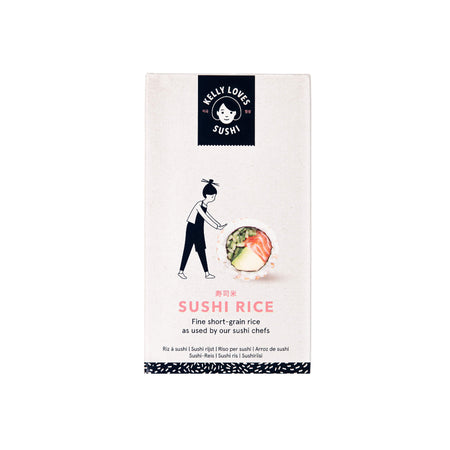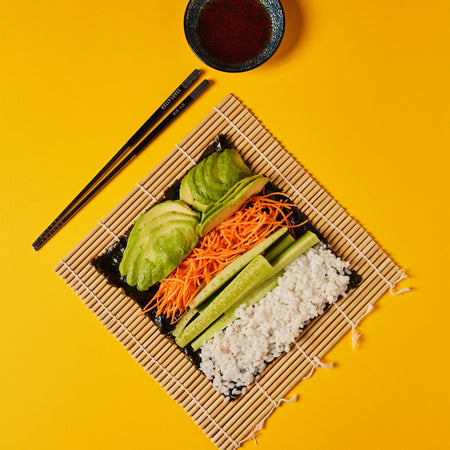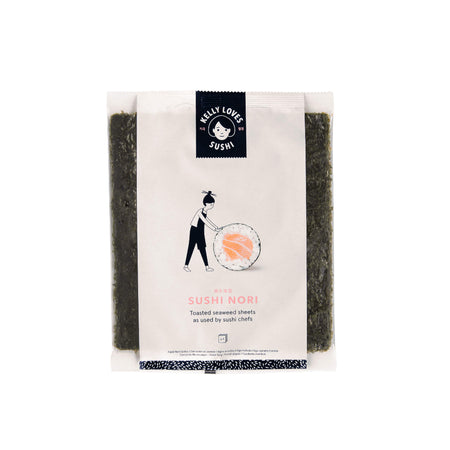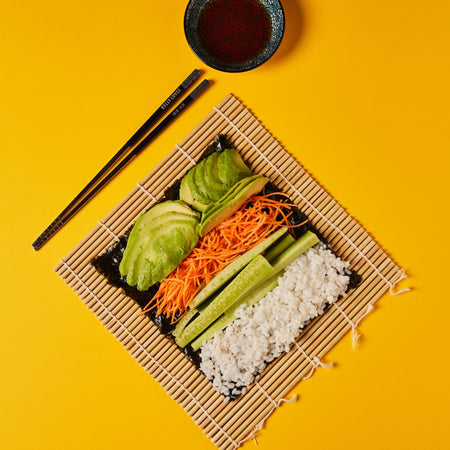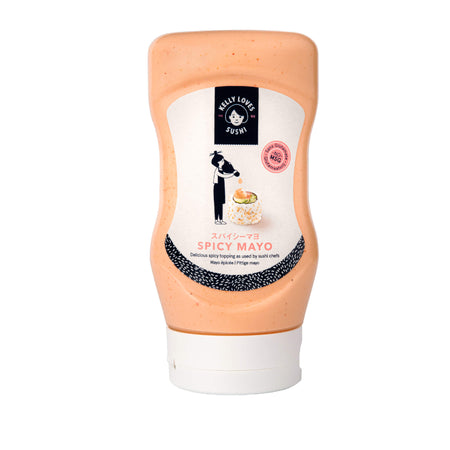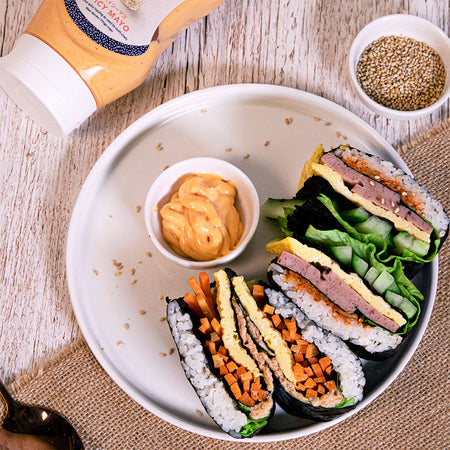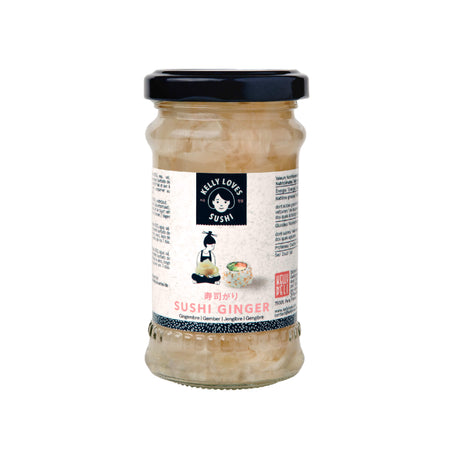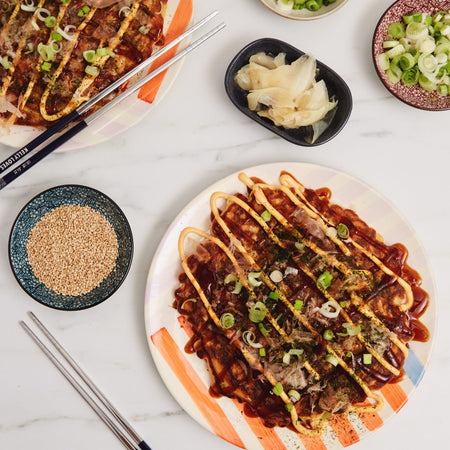What is Korean new year? Everything you need to know about Seollal
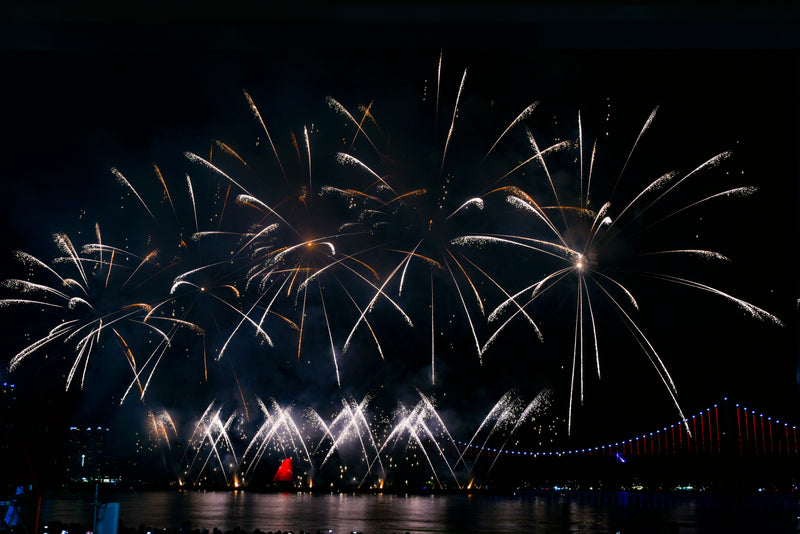
Perhaps it is the fact that Seollal marks a traditional celebration of growing a year older with a difference: after you’ve finished the specially prepared tteokguk soup you instantly grow one year older! Or perhaps it is the bell ringing, ceremonies, delectable food, vibrant clothes and traditional games. Seollal exudes a magnetism which draws us in…
What is Seollal?
Seollal is a three-day Korean cultural holiday and starts on the first day of the Korean lunar calendar every winter to celebrate the Korean Lunar New Year. Transport becomes busier than you’ll ever have seen before as Koreans travel home to spend Seollal with their families. Koreans won’t just travel across their country but across the world if they can!
The preparation for Seollal is exciting. Mouth-watering, colourful dishes are prepared and gifts are bought and wrapped for family members. Popular gifts include health products, money, traditional sweets, fruit, honey and ginseng and even foods like Korean beef and seafood!
Koreans often wear traditional clothes on the first morning of Seollal and go to visit elderly members of the family. Once there they perform special rituals to thank their ancestors. The tables are laden with traditional foods. After the rituals, the children bow to their elders and receive gifts of money for the new year. The family then eats together. Tteokguk is served (wholesome rice cake soup). The soup symbolises starting the new year with a clear mind and body. And once you finish eating the soup, you become one year older.
After the food comes traditional Korean family games. This sounds like an idyllic Christmas day. But there is a different feel to this Korean holiday when compared to other countries festivities. The unwavering focus on family, the elderly and tradition is strongly respected and adhered to. Traditions are very much kept alive and quality time with family is prized: story-telling and talking continue well into the night.
When is Seollal, the Korean Lunar New Year?
When Seollal, the Korean Lunar New Year, exactly happens, depends on the year. Usually, it is sometime in January or February on the Western (solar) calendar. In 2023, it’ll land on 22 January and the celebrations will also include 21 January 21 and 23 January.
Seollal follows the lunar calendar and falls on the first day. In 2020, Seollal was on 25 January. In 2021, Seollal was on 12 February and in 2022 it was on 1 February.
Seollal is a quintessentially Korean tradition, but it was influenced by China, and is based on the lunar cycle. Each lunar year is represented by a different animal, with a cycle of 12 animals in total: mouse, ox, tiger, rabbit, dragon, snake, horse, sheep, monkey, rooster, dog and pig. When a baby is born some Koreans believe that the baby will have certain qualities of the animal that represents that year (some are more flattering than others!)
How long is the Korean New Year celebration?
Seollal is three days long because it includes the first day of the new year, the day before and the day after. It’s always fun to stretch festivities out. During this period, most of the shops and restaurants will be closed.
How is Seollal, the Korean New Year, celebrated?
Customs and traditions
Traditionally, a family will take part in a ritual of respect to the ancestors known as "charye." Charye combines two integral parts of Korean culture: food and honouring ancestors. The female relatives will prepare the food and the male relatives will serve the food to ancestors. Then both sexes will participate in "eumbok” a ceremony where the food is eaten and the ancestors bless the year ahead. Where the food is placed is also part of the ritual. The rituals can vary but can include:
- Bringing food to the table (soup and rice cakes)
- Bowing
- A paper with the names of ancestors on the table which is then ceremoniously burnt
Food
Korean new year food is of course a big part of the festivities! The king of the Seollal dishes is tteokguk, rice cake soup. The soup is comforting and moreish, made using sliced rice cake (tteok). Traditionally, tteokguk was only eaten during the new year celebrations but now it’s eaten at any time of the year (don’t worry, it only turns you one year older at Seollal!). Another popular new year food is jeon. Jeon is a pancake that contains spring onions. Variations include haemulpajeon which has seafood in the ingredients and gimchijeon which includes beloved kimchi. These are just two — there are many, many more delicious dishes. And don’t forget the Korean drinks such as sikhye, a dessert drink with grains of rice at the bottom!
Traditional games
Just like a traditional family Christmas, Koreans like to spend time playing games together. Yunnori is just one example. It is a board game with special curved sticks. Two teams take turns throwing the sticks into the air and the way the stick lands dictates where the team moves on the board. Great fun!
If you’re new to Seollal and want to experience the festivities, the best thing to do is to perfectly time a holiday to South Korea, preferably with an invite to a Korean family celebration! Organised public festivities take place too, such as spectacular fireworks displays and light festivals or watching the first sunrise of the year from a viewpoint up high. Alternatively, gather friends and family at home in the UK, decorate with red lanterns, flowers and red and green candles and make some traditional Korean food together (we can help you with that!)
